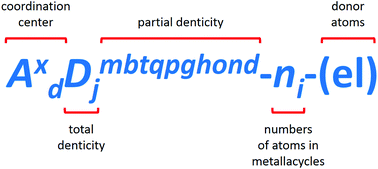Halogen bonding in uranyl and neptunyl trichloroacetates with alkali metals and improved crystal chemical formulae for coordination compounds†
Abstract
The structures of the single crystals of compounds K2UO2(tca)4(tcaH)2 (I), K4NpO2(tca)6(tcaH)(H2O)3 (II), Rb4UO2(tca)6(tcaH)(H2O)3 (III), and Cs3UO2(tca)5(tcaH)2·H2O (IV), where tca is the trichloroacetate ion, were established by X-ray diffraction analysis. The crystals of II–IV have a framework structure, whereas in the layered crystals of I, neighboring layers are connected to each other via halogen bonds. In this regard, the crystals of I possess perfect cleavage along the (001) plane: the crystals are easily cut into stacks of very thin layers. Halogen bonds in the structures of all title compounds were characterized using the method of molecular Voronoi–Dirichlet polyhedra. The donor–acceptor halogen bond synthon, where the same halogen atom is both the donor towards one halogen atom and the acceptor from the second halogen atom, is recognized for its usefulness in the crystal design. The description of the ligand coordination modes and crystal chemical formulae of complexes is adapted for cases when ligands have chemically non-equivalent and unobvious donor atoms (for example, oxygen and halogen atoms in halogen-substituted carboxylate anions).



 Please wait while we load your content...
Please wait while we load your content...